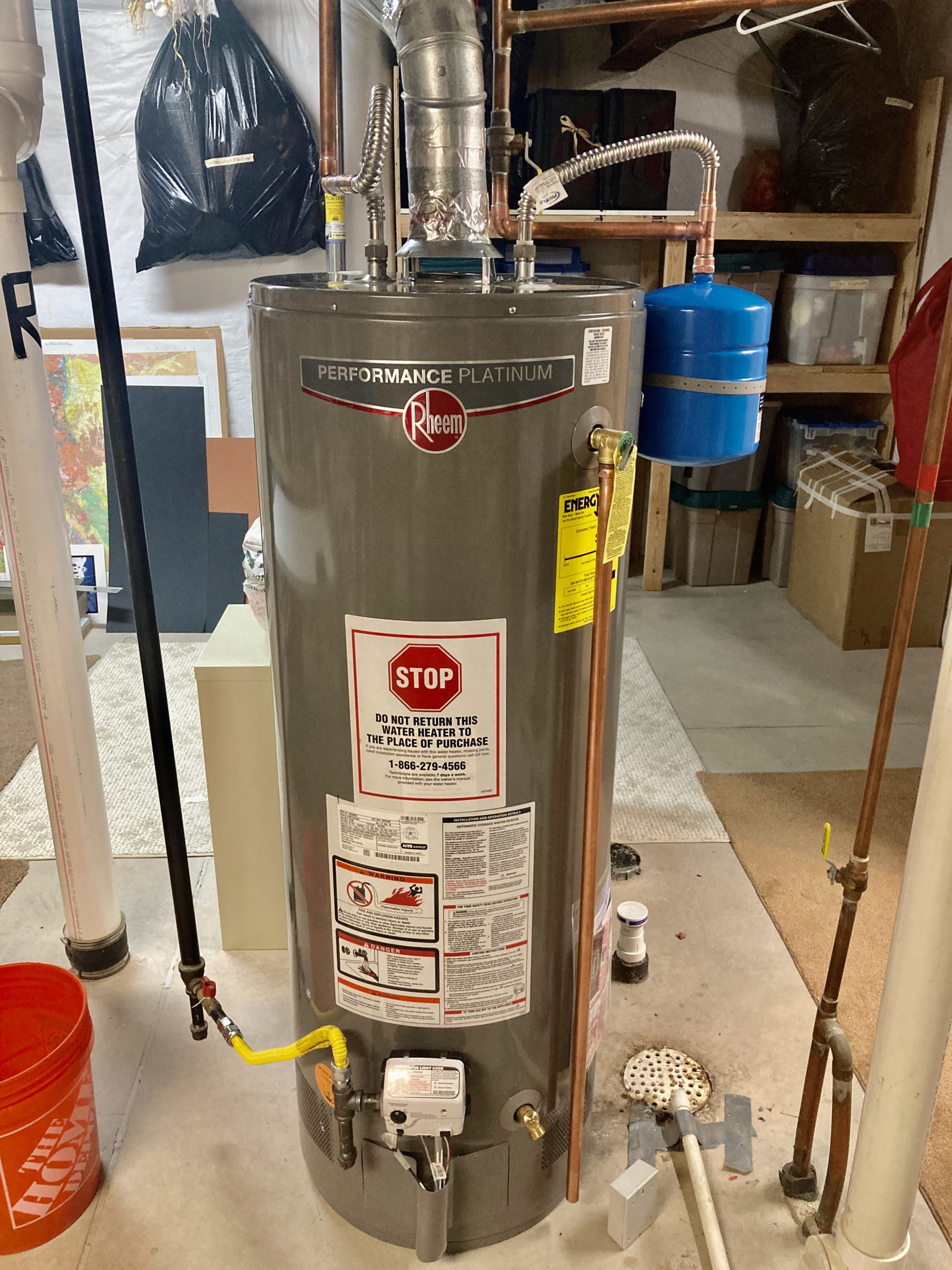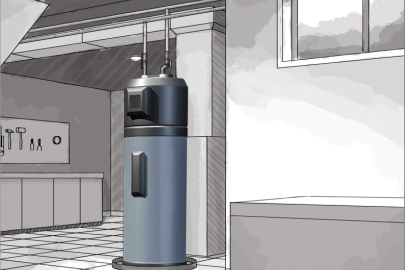Best Methods to Care for Your Home's Hot Water System EffectivelyCaring for Your Home's Hot Water System: Important Guidelines
Best Methods to Care for Your Home's Hot Water System EffectivelyCaring for Your Home's Hot Water System: Important Guidelines
Blog Article
We've uncovered this post on What Kind of Maintenance Do Water Heaters Need? down the page on the web and reckoned it made perfect sense to relate it with you on this site.

Hot water is vital for day-to-day comfort, whether it's for a rejuvenating shower or cleaning dishes. To ensure your warm water system runs successfully and lasts longer, normal maintenance is essential. This write-up provides useful ideas and understandings on how to preserve your home's warm water system to stay clear of disruptions and costly repair services.
Intro
Keeping your home's hot water system might seem overwhelming, however with a few easy steps, you can ensure it operates smoothly for years to come. This guide covers everything from recognizing your warm water system to do it yourself upkeep ideas and understanding when to contact expert assistance.
Significance of Maintaining Your Hot Water System
Normal upkeep not just prolongs the life expectancy of your hot water system but also guarantees it runs efficiently. Overlooking maintenance can result in reduced effectiveness, higher energy expenses, and even premature failure of the system.
Signs Your Hot Water System Needs Maintenance
Knowing when your hot water system needs interest can avoid significant problems. Watch out for signs such as irregular water temperature level, weird sounds from the heating unit, or rustic water.
Flushing the Hot Water Heater
Purging your hot water heater gets rid of sediment buildup, boosting performance and lengthening its life.
Checking and Replacing Anode Rods
Anode poles protect against deterioration inside the storage tank. Checking and replacing them when broken is vital.
Complicated Problems Calling For Specialist Assistance
Examples consist of major leaks, electric troubles, or if your water heater is consistently underperforming.
Regular Professional Upkeep Advantages
Specialist maintenance can consist of extensive examinations, tune-ups, and making sure conformity with safety and security requirements.
Inspecting and Changing Temperature Level Settings
Changing the temperature setups ensures ideal efficiency and safety.
DIY Tips for Upkeep
You can perform several upkeep jobs on your own to keep your hot water system in top problem.
Looking for Leaks
On a regular basis inspect pipes and links for leaks, as these can cause water damage and greater bills.
Comprehending Your Warm Water System
Before diving right into maintenance jobs, it's useful to recognize the basic elements of your hot water system. Commonly, this includes the water heater itself, pipelines, anode rods, and temperature controls.
Regular Monthly Upkeep Tasks
Regular regular monthly checks can aid capture minor issues before they rise.
Testing Pressure Alleviation Valves
Checking the stress relief valve ensures it functions properly and stops too much stress buildup.
Insulating Pipelines
Protecting hot water pipes reduces heat loss and can save energy.
When to Call a Professional
While do it yourself upkeep is advantageous, some problems call for specialist knowledge.
Final thought
Routine upkeep of your home's warm water system is crucial for efficiency, longevity, and cost savings. By following these tips and recognizing when to look for specialist aid, you can make certain a trusted supply of warm water without unanticipated disturbances.
How to Maintain an Instant Hot Water Heater
Before tinkering with your hot water heater, make sure that it’s not powered on. You also have to turn off the main circuit breaker and shut off the main gas line to prevent accidents. Also turn off the water valves connected to your unit to prevent water from flowing into and out of the appliance. 2. When you’re done, you have to detach the purge valves’ caps. These look like the letter “T” and are situated on either side of the water valves. Doing so will release any pressure that has accumulated inside the valves while at the same time avoid hot water from shooting out and burning your skin. 3. When the purge valves’ caps are removed, you have to connect your hosing lines to the valves. Your unit should have come with three hoses but if it didn’t, you can purchase these things from any hardware or home repair shops. You can also get them from retail stores that sell water heating systems. Read the user’s manual and follow it to complete this task properly. When the hosing lines are connected, open the purge port’s valves. 4. You should never use harsh chemical cleaners or solutions when cleaning your unit. Make use of white vinegar instead. It should be undiluted and you’ll probably use about 2 gallons. 5. Now flush your water heater. This task should probably take about 40 minutes. We can’t give you specific directions for this because the procedure is carried out depending on the type, model and brand of your heater. With that being said, refer to the user’s manual. 6. When you’re done draining the unit, you have to turn off the purge port valves again. Remove the hosing lines that you earlier installed on each of the water valves. Put the valve caps (purge port) back in their respective places and be very careful so as not to damage the rubber discs that are found inside these caps. 7. Now that everything’s back in place, check your user’s manual again to find out how to reactivate your water heating system. 8. Once it is working, turn one of your hot water faucets on just to let air pass through the heater’s water supply pipes. Leave the tap on until water flows smoothly out of it. https://www.orrplumbing.com/blog/2014/september/how-to-maintain-an-instant-hot-water-heater/

As an enthusiastic reader on How to Maintain Your Water Heater & Prolong its Life, I figured sharing that piece of content was essential. So long as you liked our blog posting if you please consider to share it. Many thanks for your time invested reading it.
View Report this page